Indoor spindle tree - care and cultivation
Euonymus is an evergreen plant whose leaves fall off. Most of the species of this representative of the flora are grown outdoors in the street. Under indoor conditions, out of 120 representatives of the genus of euonymus, only two species are grown: Japanese euonymus and rooting euonymus.
Content:
- Euonymus and its characteristics
- Conditions for growing euonymus
- Reproduction of indoor spindle tree
Euonymus and its characteristics
Euonymus can grow both in the form of a low erect tree, and be curly. Its leaves can be both green and variegated with yellow or milky spots. The flowers of this plant are inconspicuous, small, white, collected in an umbrella inflorescence. They ripen in the autumn and are distinguished by the presence of a fleshy seed plant, which can be red, orange or pink-brown. But at home, such flowering is extremely rare.
Japanese spindle tree is distinguished by the presence of dark green leathery leaves with a narrow elliptical shape and finely toothed edges. Their length is from 3 cm to 8 cm. Flowers are 1 cm in size, in each inflorescence from 10 to 30 pieces. Color - yellow-green. Fruits are orange or pink bolls.
Rooting spindle tree (Fortune) is a shrub that spreads and reaches a height of 30 cm to 60 cm. Branches can reach 3 meters in length. Branches can take root at the nodes. The leaves of this species are leathery and dark green. They are small, pointed, egg-shaped. Their size is from 2 cm to 6 cm.
Conditions for growing euonymus
- The location of the plant.
Indoor euonymus feels great when given a well-lit place, you can even put it on a windowsill in direct sunlight. Japanese spindle tree feels quite comfortable in partial shade.
In the summer months, the plant will feel better if it is taken out into the open air, balcony, loggia or outside in the garden. In winter, if the euonymus began to fall out of leaves, transfer it to a cooler room.
- Temperature.
The euonymus is not too whimsical to temperature conditions, it can grow at + 5-10 degrees. However, in very warm rooms during the winter months, leaves may begin to shed. In the summer, it tolerates heat up to +25 degrees.
- Watering.
Watering the plant requires moderate, and since it hibernates in relatively cool conditions, it should be watered at this time so as not to allow the earthen coma to completely dry out. In the summer watering can be made more abundant. Very favorable for spraying spraying with water.
- The soil.
The best option would be a mixture of turf, humus and leafy soil in a ratio of 2: 1: 1. For landing in soil also add river sand. A mixture of turf (3 parts) and peat (0.5 parts) is also suitable. Sand is also added.
- Transfer.
Young euonymus plants are transplanted annually, and older plants are transplanted once every 3-4 years in the spring.
- Fertilizer.
In the period from spring to autumn, it needs once a month in feeding organic and mineral fertilizers. In the winter season, the plant does not need feeding.
- Pruning.
The spindle tree needs regular pruning in order for its crown to have a beautiful shape. Also, weak shoots must be removed in time. This pruning will stimulate the formation of new shoots from previously dormant buds.For more intensive branching, the shoots are pinched.
This plant has the necessary properties to form a tree in the form of a bonsai. Also pruning allows you to create a variety of plant crown shapes, such as a ball, ellipse or cone.
- Disease control.
Of the diseases for euonymus, gray rot is characteristic, which manifests itself on the leaves of plants with a grayish bloom and brown spots. Excessive humidity may be the reason for this. When a scabbard or spider mite appears, actellik solution (0.15%) is used.
Reproduction of indoor spindle tree
Indoor euonymus can be propagated by seeds that form in capsule fruits after flowering. For this, the seeds are stratified for 3 months at a temperature of about +3 degrees. During this period, the seed coat should burst in most seeds. After that, the seeds must be cleaned of seedlings and neutralized in a solution of potassium permanganate (0.5%).
Seeds are sown in shallow grooves (about 2 cm). Shoots should appear in 2 or 3 weeks. Also, euonymus is propagated by dividing the bush and layering.
But it is much easier to propagate euonymus cuttings... Cut (about 5 cm long), they root very well in leafy ground with the addition of sand. This is best done in June or July. After 1.5 months, the plant will take root.
So, indoor euonymus is not an overly demanding plant, but it still needs some attention. With a little effort, you can find a beautiful and original decoration for your home.



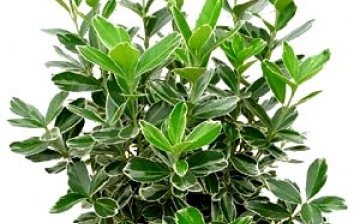

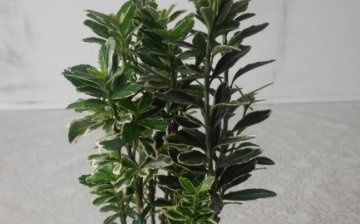
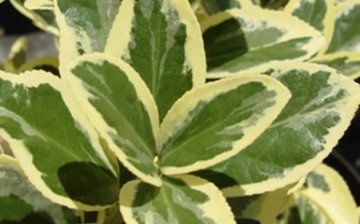




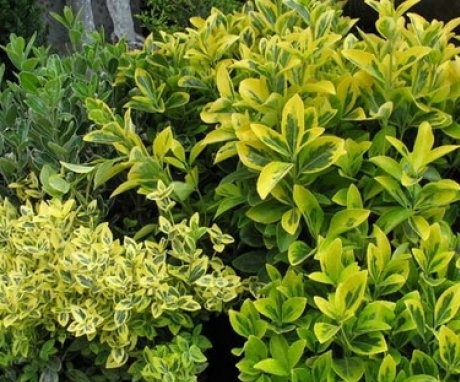

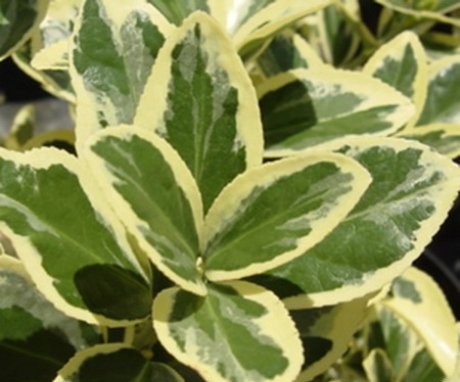
Yes, this plant is very attractive indeed. Moreover, it is relatively easy to care for him at home.